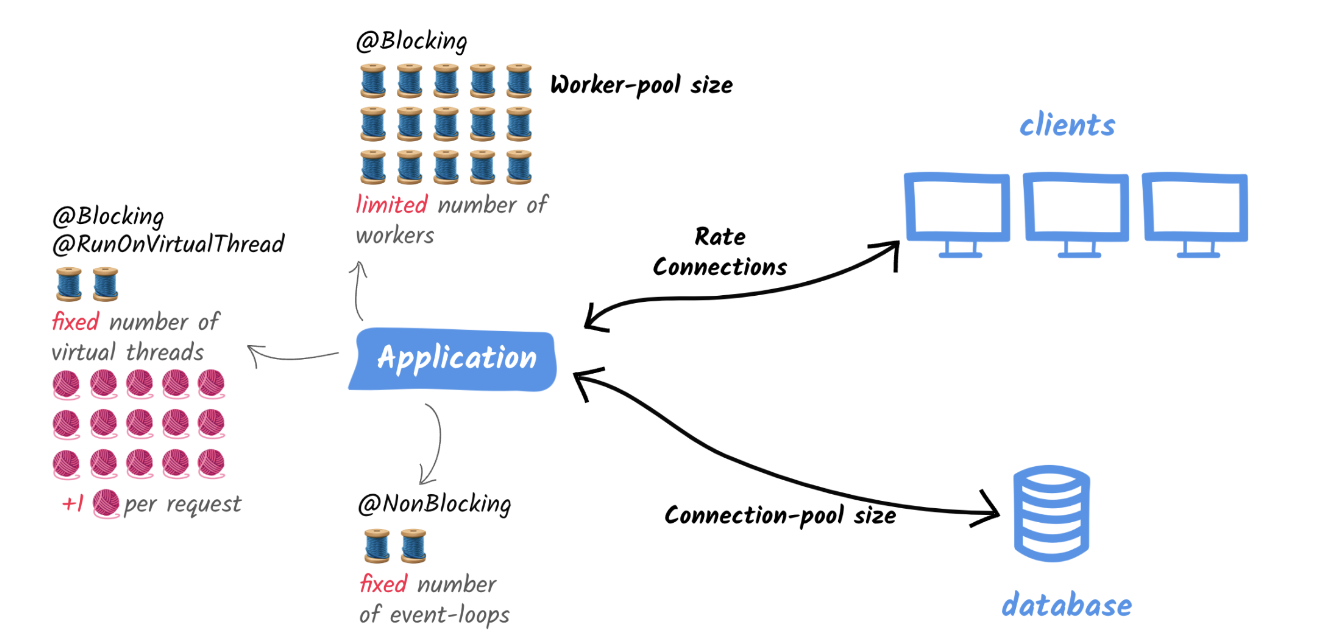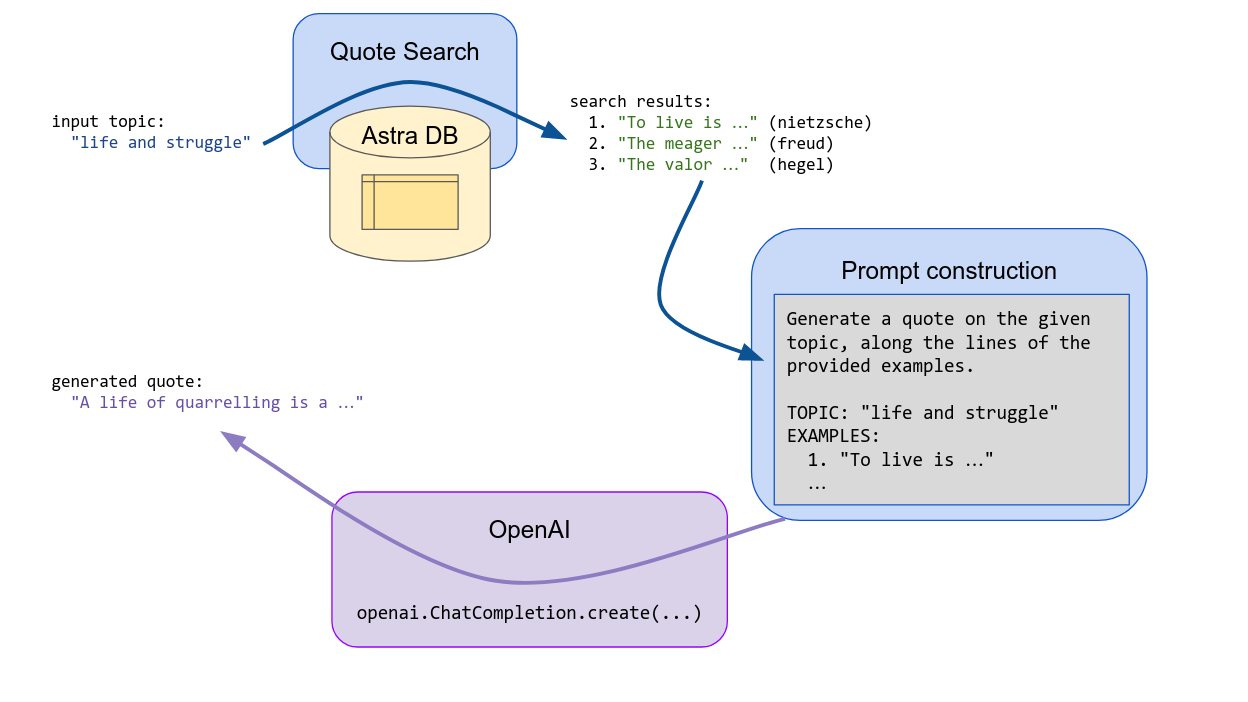In the digital age, the concept of virtual thread performance has emerged as a crucial metric in understanding and optimizing online experiences. From website loading times to user interactions, virtual threads play a significant role in shaping the overall performance of digital platforms. However, amidst the buzz surrounding this topic, there exists a need to demystify its complexities and uncover the truth behind its importance and implications.
Understanding Virtual Threads
Exploring the Basics
also known as lightweight threads or green threads, are a form of concurrency control that allows for parallel execution of tasks within a single process. Unlike traditional threads, virtual threads are managed by the runtime environment rather than the operating system, resulting in reduced overhead and increased scalability.
Understanding the basics of any subject is crucial as it lays the foundation for more advanced knowledge. Whether you’re diving into a new hobby, academic subject, or professional field, grasping the fundamental concepts is the first step towards mastery.
Key Characteristics
Virtual threads exhibit several key characteristics that distinguish them from their traditional counterparts. These include lightweightness, fast creation and destruction, and high concurrency levels. By leveraging these characteristics, developers can design more responsive and efficient applications.
The Impact of Virtual Threads on Performance
Speed and Responsiveness
Virtual threads play a crucial role in enhancing the speed and responsiveness of digital applications. By allowing for parallel execution of tasks, they enable faster processing of user requests and smoother interactions, ultimately leading to a more seamless user experience.
Speed and responsiveness are critical factors in the performance and user experience of any system, application, or device. These characteristics determine how quickly and efficiently tasks are executed and how smoothly users can interact with the system.
Scalability and Resource Efficiency
One of the primary benefits of virtual threads is their ability to improve scalability and resource efficiency. By reducing the overhead associated with traditional threading models, virtual threads enable applications to handle a higher volume of concurrent users without sacrificing performance or stability.
Scalability and resource efficiency are crucial factors in designing and maintaining effective systems, particularly in the context of technology and software development. These characteristics ensure that a system can handle growth and operate optimally with minimal waste of resources.
Best Practices for Optimizing Virtual Thread Performance
Thread Pool Management
Effective thread pool management is essential for optimizing virtual thread performance. By properly configuring thread pools and adjusting parameters such as size and timeout values, developers can ensure optimal resource utilization and minimize contention.
Asynchronous Programming Techniques
Asynchronous programming techniques, such as callbacks and promises, are valuable tools for maximizing the efficiency of virtual threads. By leveraging non-blocking I/O operations and event-driven architectures, developers can design applications that are highly responsive and resource-efficient.
Performance Monitoring and Tuning
Continuous performance monitoring and tuning are critical aspects of optimizing virtual thread performance. By using profiling tools and monitoring metrics such as CPU utilization and memory consumption, developers can identify bottlenecks and inefficiencies and make informed optimizations.
FAQs
How do virtual threads differ from traditional threads?
Virtual threads, also known as lightweight threads or green threads, are managed by the runtime environment rather than the operating system, resulting in reduced overhead and increased scalability.
What are the key characteristics of virtual threads?
Virtual threads exhibit characteristics such as lightweightness, fast creation and destruction, and high concurrency levels, making them ideal for parallel execution of tasks within a single process.
How do virtual threads impact application performance?
Virtual threads enhance the speed, responsiveness, scalability, and resource efficiency of digital applications by enabling faster processing of user requests and smoother interactions.
What are some best practices for optimizing virtual thread performance?
Effective thread pool management, asynchronous programming techniques, and continuous performance monitoring and tuning are essential for optimizing virtual thread performance.
What role do virtual threads play in scalability?
Virtual threads reduce the overhead associated with traditional threading models, enabling applications to handle a higher volume of concurrent users without sacrificing performance or stability.
How can developers leverage virtual threads to enhance application responsiveness?
By using asynchronous programming techniques and optimizing thread pool management, developers can design applications that are highly responsive and resource-efficient.
Conclusion
In conclusion, demystifying virtual thread performance is essential for understanding its significance and unlocking its full potential in the digital landscape. By embracing best practices and leveraging the capabilities of virtual threads, developers can create applications that deliver exceptional speed, responsiveness, and scalability, ultimately enhancing the overall user experience.



